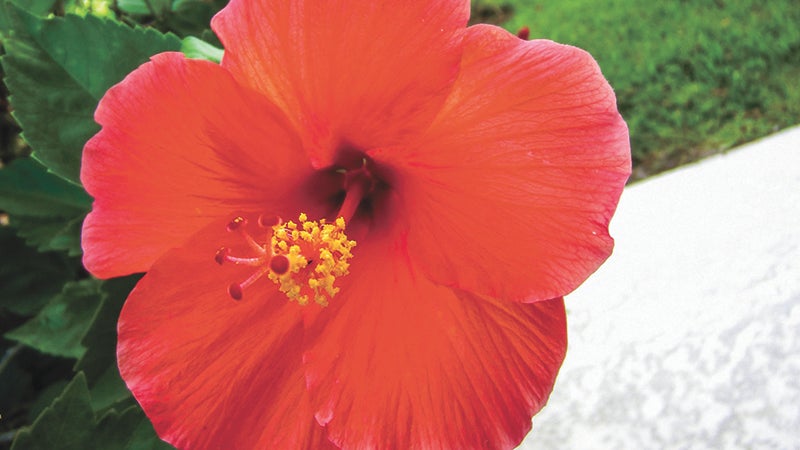OUT IN THE YARD: Reminiscing about summers past or what happened to the plums?
Published 2:31 pm Monday, June 15, 2015
What’s happened to the plums? In the fruit bins at the local grocers, there are purple ones, some lovely dark red ones, and a smaller one that didn’t look too appetizing to me, but it could taste better than it looks.
There was some discussion during a seminar a few weeks back about the fate of this once plentiful and tasty fruit. Like figs and pecans, plums were once common in many back yards. Where ever there was a little spot, there was a fruit tree of some kind, for the kids to snack on, the birds to enjoy and the moms to make a few jars of jelly or jam from what ever was leftover.
Some trees were too small for us to climb, but we could reach the fruit on the low branches, and the hose was always handy to wash off the dust, or a bug or two. In our neighbor’s yard, behind the garage which sat at the back of the yard, grew a huge plum tree.
It shaded the back of the garage roof, giving us a cool place to climb onto and take a break from playing in the hot summer sun. We always had a few pieces of that plum with us and biting into that sweet fruit was better than candy! Finding a worm, or better, half a worm, was the best joke of the day, bringing on a fit of gagging, spitting and of course laughing from the on-lookers.
While easier to grow than peaches, plums need a certain degree of maintenance also, and attract a variety of insects, and some diseases that harm the trees, and the fruit. Spraying with neem oil or spinosad, both organic,will help to control both of these. However, be aware that although organic, over use of spinosad can harm bees and beneficial insects, so use it sparingly. Well drained sandy soil, about three feet deep, gives your plum tree the best start.
There are a few varieties that do well in our area, but not many new ones being bred. Two varieties that are recommended for Texas are the Methley, a medium size plum, with purple skin and amber flesh. It is a self pollinator, often used to pollinate other plums that are not self-pollinators.
The Ozark Premier, also a self pollinator, is a large plum, with red and yellow streaked skin nd yellow flesh. Both ripen from early to late June. One plum developed especially for Texas, at Texas A&M, is the Morris, a large reddish purple plum with red flesh, which requires a pollinator. It is harvested in mid-June.
So many of memories from childhood seem to be of summers full of plums and figs, and the smell of mayhaw jelly cooking in neighborhood kitchens, after the “berry lady” and her wagon of deep red, shiny mayhaws came by.
I recall that dishpans were brought to the curb and filled with whatever fruit was in season. I miss those times, but carry on the tradition of jelly making with my friend Pat when we make our yearly batch of Muscadine jelly, with grapes harvested from vines at our Master Gardener Test Garden. Each year we pass the tradition on to our new MG’s, who we hope will add their touch to next year’s batch.
Maybe some day we’ll make some plum jam.
Contact Jefferson County Master Gardener Ann Bares at Abares2003@aol.com or call the Texas A&M AgriLife Extension Service at 409-835-8461


